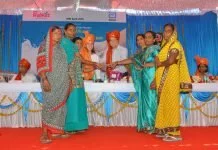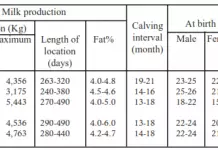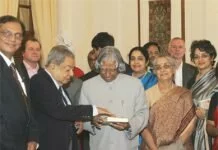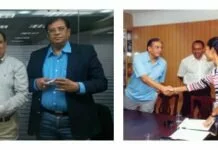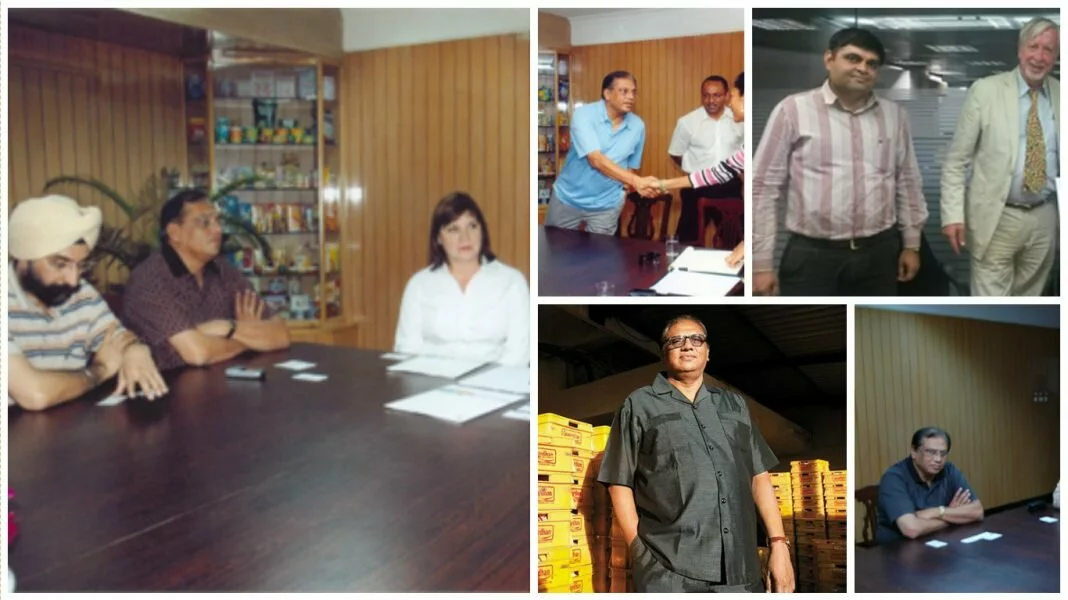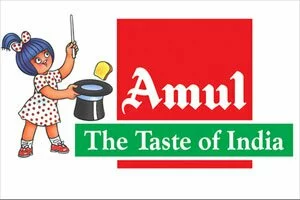My learning’s from a Master Institution Builder
When I first came to V.V. Nagar, a small town in Gujarat, where students from across the country came to study – I was fourteen and with limited means to support my education. In my last forty years in and around V V Nagar, I came across some of the biggest institution builders this nation has seen. Vikram Sarabhai, Tribhovandas Patel, Bhai kaka who was instrumental in establishing V V Nagar as the education capital in the state after partition of the country, and finally Dr. Verghese Kurien.
Recently I was invited to speak to an audience of start-up entrepreneurs where I was asked “how did Dr Kurien manage to build a huge network of over 250-300 businesses in a span of about 30 year as part of and outside Operation Flood? What were the key learning’s and did I myself practice any of these in my career working with Dr. Kurien?”
Working with a great leader, I always made it a point to learn good aspects of his leader and leave aside weaknesses, if any.
Even god has weaknesses as we’ve read in the scriptures. Dr Kurien was one of India’s top 10 instituting builders. I would even put him in top 3. Similar great personalities include Dr. Vikram Sarabhai who had conceived and built great institutions like ISRO, PRL, IIMA, ATIRA and more in a very short span of time. Likewise Dr Kurien created Amul and NDDB and a chain of 176 Dairies across India based on the ‘Amul Pattern’, along with a network of 70 cattle-feed factories, Indian Immunological for vaccines, Indian dairy machinery company for manufacturing dairy equipment locally and a unique rural business management institute, IRMA.
How did he manage to do these in a short time and where did he find his other directors from among rural folk? How did he find 200 plus local dairy chairmen and 2000+ directors to run these institutions successfully along with over 30,000 professionals?
Fundamentally he had a great faith in the wisdom of the farmers and their ability to judge what is good for them and reject what wasn’t. He had tremendous faith in young officers and their ability to run their businesses. Whenever he started new Business he invariably created multi-disciplinary team of very young officer in early twenties or thirties and appoint one of them as their leader. As far as possible he would meet the entire team along with the leader whenever key decisions were to be discussed.
While selecting a team – maximum attention was paid in making sure that team members have absolute integrity. He would often say, “Give 80% weight-age to integrity. Never compromise on this aspect at any cost. Secondly, ensure that the person is hard working. Give 20% weight-age to hard working nature of a person. Even if someone has no qualifications or has different qualifications – he/she would learn quickly.”
His mantra gave no weight-age to cast, creed, religion or region.
He would also invariably create a management committee of maximum eight people from among the team and the local farmers to meet at least once in two months with detail agenda and with explanatory notes circulated 8 days in advance. He would ask that this agenda include 8 basic issues of management such as Action taken after previous meeting, Operation review, P&L, Progress on Projects, Human resources, Audit report, Capital purchases and large Annual contracts and unusual incidences if any. He would ask for an independent, qualified, internal auditor of repute and a statutory external auditor be appointed to provide their written and oral report directly to the governing body. Having created this framework he would give utmost freedom to the CEO, allowing him to take all decisions with great freedom and permit any experimentation. If the experiment failed, he would never find fault with him or in the board. He would only look at their motive.
All new institutions he built would be housed in rented premises. He would always manage with minimum staff, with a core team and whenever required draw upon the skill, and facilities from sister organizations on payment basis – but avoid overheads as much as possible, until the organization has found its feet, started viable commercial operations and become stable on its way to the mission.
For example when Institute of Rural Management (IRMA) was started, it was housed in the laboratory building of the National Dairy Development Board (NDDB) and the students were accommodated in farmer’s hostel. Phone lines of NDDB were used on payment basis while the library was shared.
Similarly when GCMMF (marketeers of AMUL brand) was established, it started on one floor of NDDB office with all furniture on rent, with staff using their own vehicles or public transport on claim basis. For the first 5 years GCMMF operated this way. Only when the sales turnover crossed Rs. 200 cores, that an office was built. A second car was purchased in its 11th year of operations!
Tribhovandas Foundation, when started was given space in the office building constructed by GCMMF and they stayed there on rent for five years. Only after the operations stabilized, and steady viable revenue streams – that they shifted to their own office.
He would keep a keen eye on a new organization and watch it grow. In case of any problems, he would provide great moral support and if need be, provide senior professionals to manage and guide the team through the crisis. All of this on one condition, that the team never compromised on integrity and quality.
There have been instances of when staff members have been asked to go within minutes. He would always hire professionals and organizations like advertising agencies, architects of great repute and once entrusted with the job – he would respect their creativity. He would never allow anyone to interfere in their creative work. He would always pay them fair remuneration, on time and give them utmost freedom and space which resulted in build lifelong association of a creative partnership of the highest order.
It was due these values that leaders like K. Kurien, of Radeus advertising and Sh. Sylvester D’Cunha of the famed AMUL butter topical, worked all their life on AMUL adverts, while Sr. Kanvinde designed and architect most of the offices.
Dr. Kurien also made it a point to address officers and staff, and share his thoughts every now and then. This helped us all of us see the bigger picture of our contribution in the process of Nation Building. It made us see our job as service to poor and the less fortunate. It is this realization that made us proud of our work, motivated us and gave us higher rewards than mere salaries or promotions.
Unlike most organizations our association grew over a period of time. We experimented and learn many new things for which most of us had no formal qualifications and spent a life time dedicated to this cause of nation building. While the visible commercial organizations are build to function as efficient viable businesses, Dr. Kurien would invariably dovetail them with leading academic institutions, leading Research organizations, and various national and international organizations like FAO, OXFAM, UNICEF, IITs, IIMs, Harvard etc. This allowed academicians to study his organizations impacts, short comings and achievements and in the process documents the learning and define further course of actions.
It is due to great leadership of such people great institutions flourish and help build a strong nation.
Source : bmvyas.blogspot.in
Mr. BM Vyas took-over as Managing Director of AMUL Co-Op. during expansion and opening up of the Indian economy & globalization in the 90s. In order to take on the competition, he championed Total Quality Management across the dairy value chain in Gujarat. Within a span of 16 years at helm of AMUL, he increased sales of AMUL to eight-folds (from Rs. 9.8 billion to Rs. 80 billion). He steered AMUL to be Asia’s largest fresh Milk processor or No. 1 Dairy Brand in India as well as in Asia Pacific, as per Media Magazine Survey, 2009. Under his leadership; AMUL launched innovative and special Dietary products like Probiotic & Sugar Free Ice Cream, Probiotic buttermilk for the first time in India.
Comments
comments




